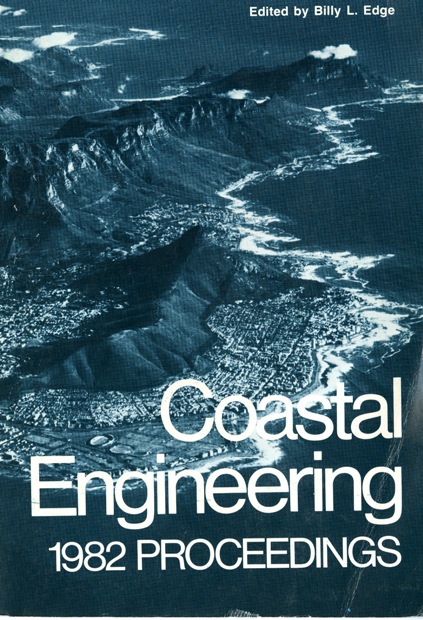Abstract
A part of the continental shelf area of the Bering and Chukchi Sea are now being opened up for oil exploration. For engineering and ecological risk analyses, extensive field data collection efforts are being carried out by various United States agencies and petroleum corporations to understand the hydrodynamic behavior of this vast offshore area. In addition, modeling studies are being made for which a three-dimensional model of the area, outlined in Fig. 1, has been developed. This model is dynamically coupled to a two-dimensional stochastic weather model. This weather model contains a Markov synoptic component and a storm track component. The parameters of this model are derived from a 20-year data base. This paper presents a description of the three-dimensional model and the results of a series of simulations using the model to compute tidal propagation and circulations induced by tides and wind. The results of a simulation of a moving storm through the eastern Bering Sea are also presented.
Authors retain copyright and grant the Proceedings right of first publication with the work simultaneously licensed under a Creative Commons Attribution License that allows others to share the work with an acknowledgement of the work's authorship and initial publication in this Proceedings.

